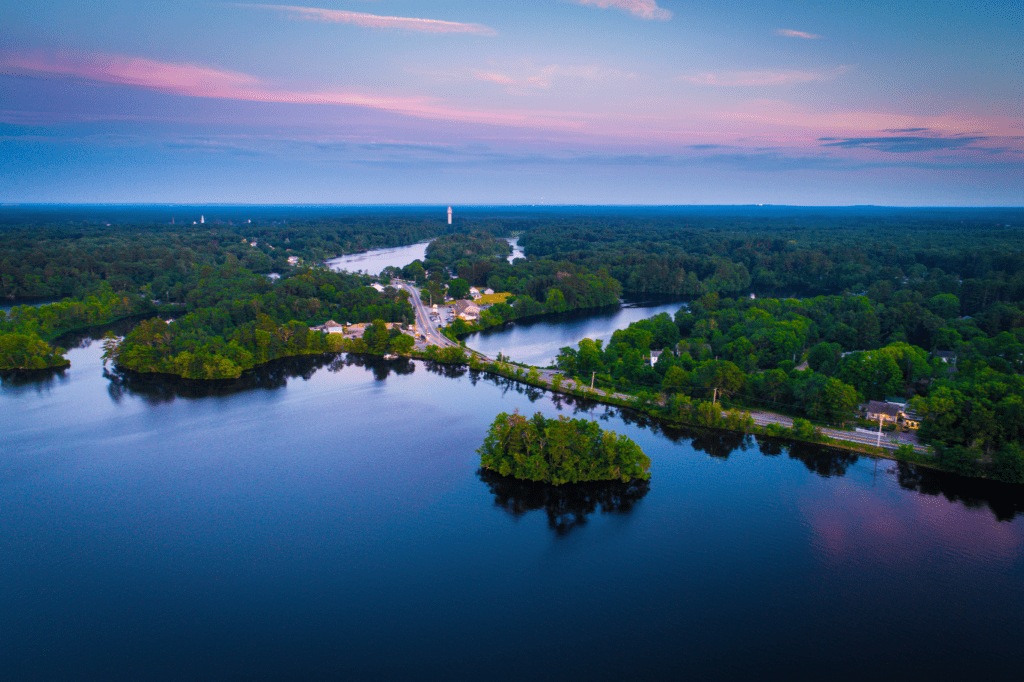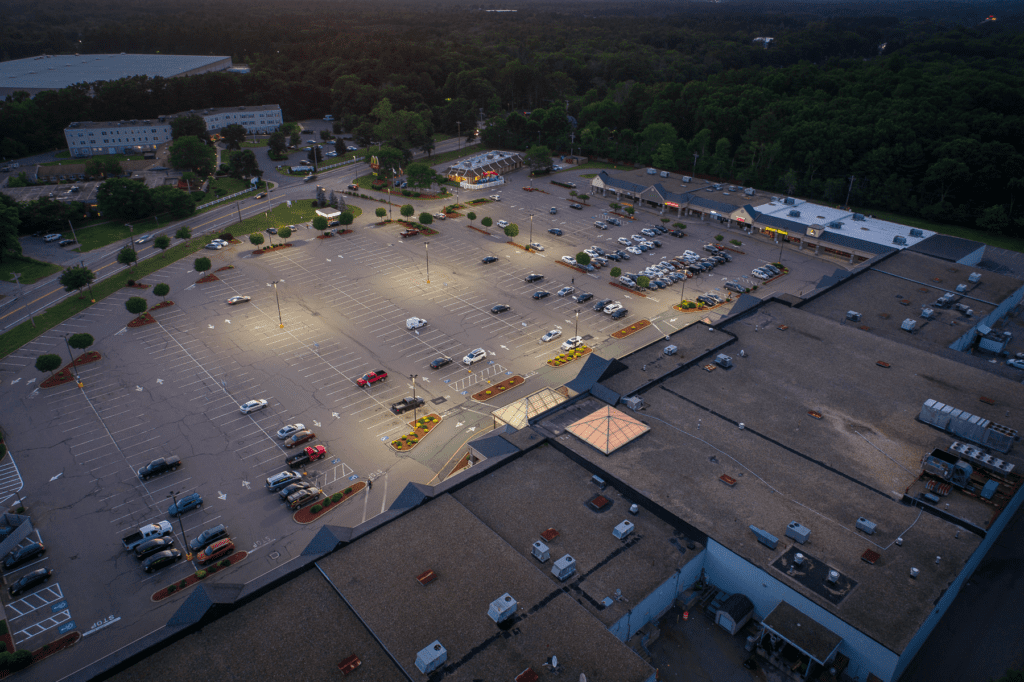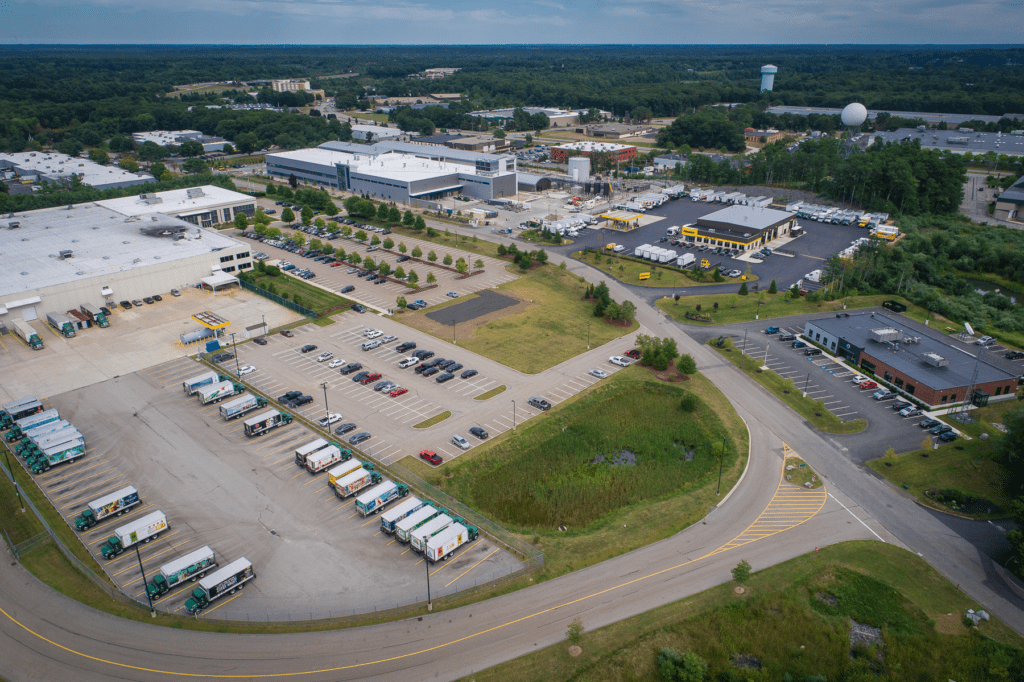Why is Norton creating a Master Plan?
The State of Massachusetts requires that all cities and towns create and update a Master Plan every 10 years. (Norton’s last Master Plan, from 1998, is therefore in need of a full update.) More importantly, the Master Planning process is a meaningful opportunity for you to come together as a community, to reassess your goals and priorities, and to set a course to achieve those goals over the next several years. Master Plans frequently result in bylaw changes, participating in new state or federal programs, coordinated grant applications and infrastructure investments, updated and more efficient administration, and increased volunteerism, service, and stewardship in a community.
Who should get involved?
The Norton Master Plan will be directly informed and created by the input we receive from town residents, officials, seniors, parents, business owners, and even students! The project team listens to everyone’s ideas, identifies areas of consensus, and provides a road map to make your community goals real. Your ideas – combined with current information – will directly influence this plan and the future of Norton.
Where are we in the process?
We are at the end of the Master Plan process where we will share goals and strategies across all elements. If you would like to review what was discussed at the first four workshops please click here to go to the Norton Master Plan webpage.
What is the final document like?
That depends. Some towns like a long plan with a ton of data – like a text book! Others like a concise, easy-to-understand, graphically engaging document – like a magazine! The project team will make sure that your Master Plan includes sufficient, necessary, but not excessive information on which you can base your decisions ... but we will probably lean towards making sure the plan is concise and approachable … something the average person wouldn’t mind reading at the end of a long work day.
What’s in a Master Plan?
Master Plans have 9 required “Elements.” You can think of these as chapters. They are: Vision, Land Use, Economic Development, Housing, Open Space & Recreation, Natural & Cultural Resources, Services & Facilities, Transportation & Circulation, and Implementation.
How do you make sure the Plan leads to real change? Don’t plans just sit on the shelf for 10 years until it’s time to update them again?
Well, that’s up to you! Master Plans – good Master Plans – should create their own community momentum, optimism, consensus, and excitement. Ideally, when the planning is done, there will be a group of you – let’s call you “Local Champions” – who believe in the work and want to make it real. For its part, the final Master Plan will read like a recipe or an instruction manual:
- It will include Goals for each Master Plan chapter. We'll describe the main reasons that each Goal is in the Plan; this “Big Picture” usually includes data and quotes from residents and workshop participants (e.g. “resolve the upcoming vacancy at the Roche Bros.”) that explain why the Goal is important to you as a community.
- In turn, each Goal will have Strategies and list the main steps needed to achieve them. To make the Plan easy to use, each Strategy, clearly presents:
- Who’s in charge – we call these the “Responsible Parties.”
- How to measure success and progress – we call these “Performance Measures.”
- Where to look for advice – we call these “Example Success Stories” and “Potential Partnerships.”
- Other items from the Plan that might help – we call these “Complementary Actions.”
- All these “How To” items appear again, summarized in charts, tables, or other diagrams and graphics, in the Plan’s Implementation chapter.
How can I get involved?
The best way to get involved with the Master Plan is to interact with the project team, explore data and past plans, and participate in virtual meetings and online exercises to provide your honest feedback. Please visit the “Stay Connected” section of the Norton Master Plan website to find links to all our engagement options.
What is a virtual workshop?
A virtual workshop is a 2-week period during which the project team will seek information from the public regarding specific topics online through a web page and a virtual meeting. The Norton Master Plan’s “Open Space & Recreation and Natural & Cultural Resources” workshop will take place from September 30 to October 14, 2020.
How can I participate in the virtual workshop?
You can simply visit the web page and read the information provided, such as demographic and previous planning summaries. The web page will also host exercises that you can do on your own time, including mapping exercises and brief surveys. The project team will also host live Zoom meetings that are open to the public and designed to actively solicit your ideas, hopes, and input.
What if I can’t make it to any of the live Zoom meeting?
That’s totally ok! You also have the option to complete the online exercises on the virtual workshop page. In addition, we have provided engagement tools that are available at any point during the planning process including, project email, listening line, and public comment form.
Who should I contact if I need special accommodations or translations for materials and/or virtual meeting?
Please contact a member of the project team to discuss your needs and what we can do to accommodate them during the live Zoom meeting. We do request advance notice of 5 business days to prepare and gather all necessary tools and staff.














